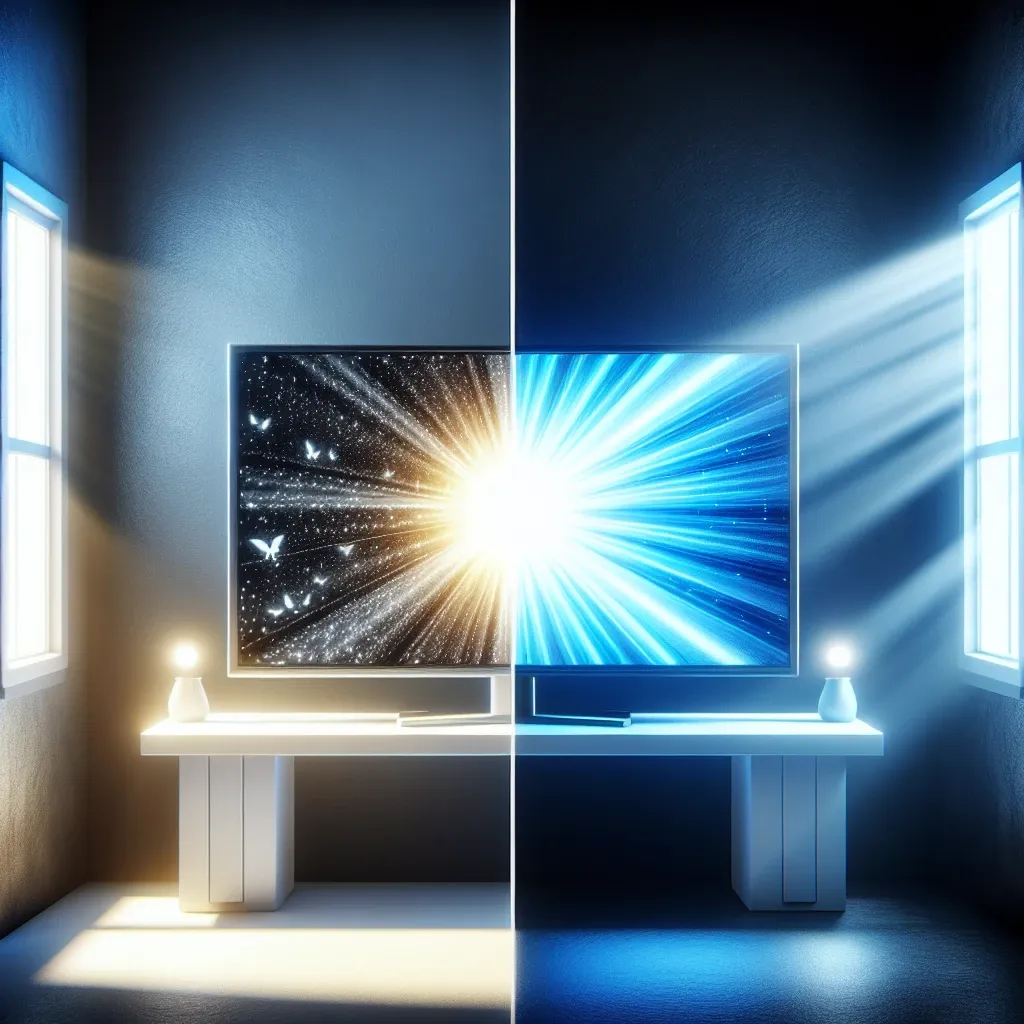When purchasing an LED monitor, one of the specifications you will come across is the contrast ratio. Contrast ratio is a crucial aspect of display quality, significantly influencing the vividness and clarity of the images on your screen. But what exactly does it mean, and why should you care?
Understanding Contrast Ratio
The contrast ratio of an LED monitor refers to the difference in luminance between the brightest color (white) and the darkest color (black) that the monitor can produce. In simpler terms, it’s a measure of how well a screen can display bright whites and deep blacks.
| Type | Description |
|---|---|
| Static Contrast Ratio | This measures the contrast between the brightest and darkest colors displayed at the same time. |
| Dynamic Contrast Ratio | Uses processing techniques to enhance contrast by adjusting the brightness and darkness of scenes over time. |
Importance of Contrast Ratio
The contrast ratio plays a crucial role in the perceived image quality. A higher contrast ratio indicates more differentiation between light and dark areas, resulting in richer colors and more vivid images. This is especially important for activities like watching movies, gaming, and graphic design, where detail and color accuracy are paramount.
Benefits of a High Contrast Ratio
- Improved Image Depth: A higher contrast ratio can render images that seem more three-dimensional and lifelike.
- Better Color Representation: It enhances the quality and richness of the color palette.
- Eye Comfort: Reduces eye strain by displaying more defined and crisper images.
How is Contrast Ratio Measured?
The contrast ratio is usually represented in a numerical format like 1000:1 or 3000:1. These numbers indicate how many times brighter the white color is compared to the black color. A 3000:1 contrast ratio means that the brightest white is 3000 times more luminous than the darkest black. However, it’s worth noting that different manufacturers may use varying methods to measure and market their contrast ratios, sometimes leading to numbers that are not directly comparable.
Factors Affecting Contrast Ratio
Several factors can impact the contrast ratio of an LED monitor:
Panel Type
- IPS (In-Plane Switching): Known for better color accuracy and viewing angles but usually has a lower contrast ratio compared to VA panels.
- VA (Vertical Alignment): Offers higher contrast ratios but may have narrower viewing angles and slower response times.
- TN (Twisted Nematic): Generally has lower contrast ratios but offers faster response times and is cheaper.
Backlighting
The quality and type of backlighting can also affect the contrast ratio. LED (Light Emitting Diode) backlighting provides better control over light output, enhancing the contrast ratio.
Calibration
Monitors come pre-calibrated, but fine-tuning settings like brightness, gamma, and color correction can lead to better contrast performance.
Static vs Dynamic Contrast Ratio
As mentioned earlier, contrast ratios can be static or dynamic.
Static Contrast Ratio
This is a more reliable measure, indicating the maximum contrast the monitor can achieve at any given moment.
Dynamic Contrast Ratio
This leverages technology to adjust backlighting dynamically depending on the image content, often resulting in inflated contrast ratio numbers that may not be consistently achievable.
Selecting the Right Contrast Ratio for Your Needs
The ideal contrast ratio can vary depending on your specific needs and the intended use of the monitor. Here are some general guidelines:
For General Use
A static contrast ratio of 1000:1 is usually sufficient for everyday tasks like browsing the web or working on documents.
For Gaming
Gamers should look for monitors with a higher contrast ratio, ideally above 3000:1, to experience better visibility in dark scenes.
For Professional Work
Graphic designers and video editors should opt for monitors with the highest possible contrast ratios, combined with excellent color accuracy.
Conclusion
Understanding the contrast ratio is vital when choosing an LED monitor. While a higher contrast ratio generally means better image quality, it’s crucial to consider other factors like panel type, backlighting, and your specific requirements. By doing so, you can find a monitor that offers an optimal balance of performance and cost, ensuring a satisfying viewing experience.

